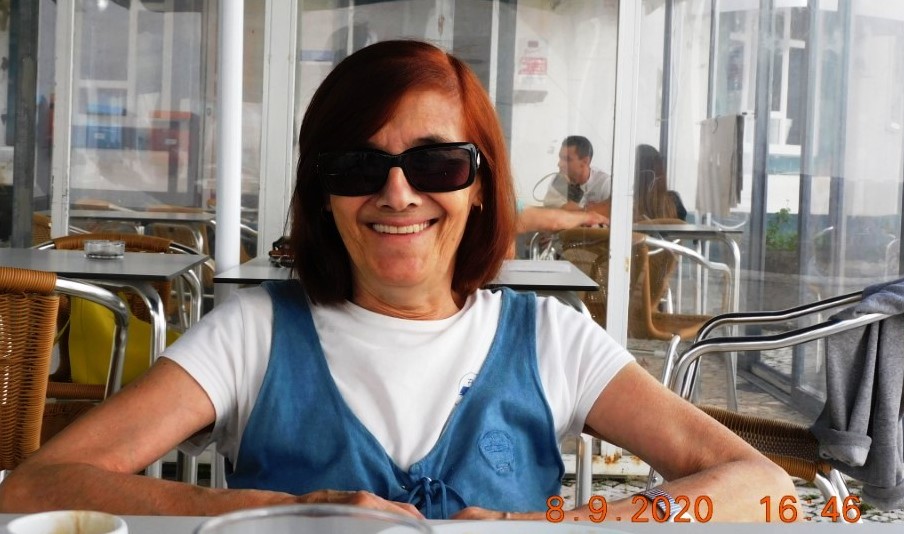Views: 0
In February 1942, a platoon of Australian Comandos were overrun by the Japanese and fled to the mountains.
Without supplies for 3 months, they survived with the help of the Timorease.
Over 45,000 Timorease lost their lives, because of the presence of the Australians in Timor.

CAMSTL-Centro Audiovisual Max Stahl Timor-Leste is at CAMSTL-Centro Audiovisual Max Stahl Timor-Leste.
[Segunda Guerra Mundial]
1942 – 1945 iha fatin ida ne, iha tempu naba akapamentu Australia hari’i naran Bahalata Akapamentu iha Suco ossurua postu administrativu Ossu, minisipu Viqueque.
https://timorleste.github.io/viqueque
Tempu naba komando Australia ida nebe tama konta forsa Austalia hanaran komando Z, Hamutuk ho kriadu Timoroan lubuk ida, iha tempu naba mos maka populasaun nebe apoi forsa Australia sira subar iha foho Watulawa fatin labalou ida ne, mak hanesan tuir mai ne Aldea Watulawa suco Ossurua ni nian, Aldea Umabere suco Ossurua, Aldea Raimutin suco Ossurua, Aldea Waibobo suco Ossorua no mos populasaun balu husi Aldea Samaliu suco Loihunu ni nian mak subar iha fatin ida ne.
Iha momentu naba, forsa Australia sira hamutuk populasaun no mos kriadu lubuk ida nebe apoiu sira sai hanesan soldadu Australia, nebe sira konvia no fo kilat lolon 12 hodi proteje no defende populasaun sira subar iha ne.
————————–
Australia and Timor-Leste Story of Second World War 1942 – 1945
[ Audiovisual Narrative Preface ]
The island Republic of Timor-Leste is divided into thirteen Municipio (or Districts), the South Eastern District is called Viqueque, and is made up of a fairly flat coastal plain as its southern border, with steep and high mountain ranges, which are well forested, as its northern border with the neighbouring district. This terrain has proven very useful in times gone by, as protective areas for forces that were being hunted by greater invading powers.
https://timorleste.github.io/viqueque
The first such occasion, in more recent times, was during World War II when Japanese forces had invaded South East Asia, occupied Indonesia and landed on the island of Timor in early 1942. At that times Australian and Dutch forces were already deployed in both Dutch and Portuguese Timor as a block to probable Japanese invasion of Australia. The block was soon overcome by the all conquering Japanese Imperial Army, however not completely, as a small group of the Australian 2nd/2nd Independent company had been cut off in Dili, from their parent command group in Kupang. This then independent group took to the mountainous and well forested hinterland of Timor, and operated as a guerilla force, known to the Australian command as “Sparrow Force”, against the Japanese, for about one year. Together with other similar groups operating throughout the island to the North of Australia, they were known collectively as “Z Special” forces.
Although the Japanese conducted many armed patrols, and had superior air power over Timor, they never actually found the very moveable main base of Sparrow Force. One of Sparrow Force’s main bases, and indeed a training area, was on a mountain top in within the Ossu sub-district of Viqueque. This venue had very steep approaches on all sides, a narrow entrance path, and commanded a good view of the surrounding countryside. The peak is known as “Watulawa-Labalou”.
http://bit.ly/2OxpsdM
As a matter of interest, a grave and memorial to one of the Z Special forces members was erected years after WWII in a cemetery about 10 mins drive to the East of Ossu township (Ossurua). The soldiers name is Sancho Da Silva, a Timorese signaller working for Sparrow Force, and captured by the Japanese late in the operations of Z Special operations in Timor. He survived, and later died in Australia in March 1997.
http://bit.ly/2w41WNQ
The second occasion in which an isolated mountain top in the Ossu (Viqueque) district was used to secure guerilla forces occurred during the Indonesian occupation of Timor-Leste between 1975 and 1999.
This peak is known as “Abrigo-Wasadiga” and is again a naturally well protected area with steep sides and excellent views of the surrounding countryside. The site was used by the Falintil guerrilla forces of Timor-Leste, opposing the Indonesian Armed Forces in occupation of the Nation. The peak was used as a secure training area and hideout for such notable leaders as “Lu-Olo” the current President of Timor-Leste, and the current Prime Minister, former President, Taur Matan Ruak, Defence Force Brigadier General Falur Rate Laek.
https://timorleste.github.io/wasa-diga
The video clip that follows is an Australian presentation, made during the World War II years, of the Sparrow Forces operations, which were crucially supported by many loyal Timorese, who acted in vital support of the Australian soldiers during their efforts in Timor, and since 20 May 2002 the Democratic Republic of Timor-Leste.
https://timorleste.github.io/audiovisualarchive
